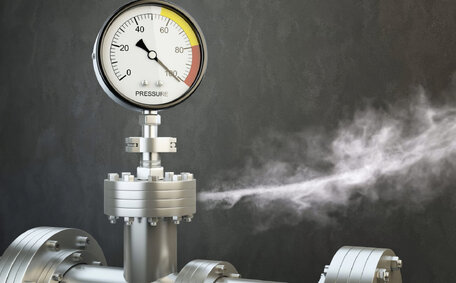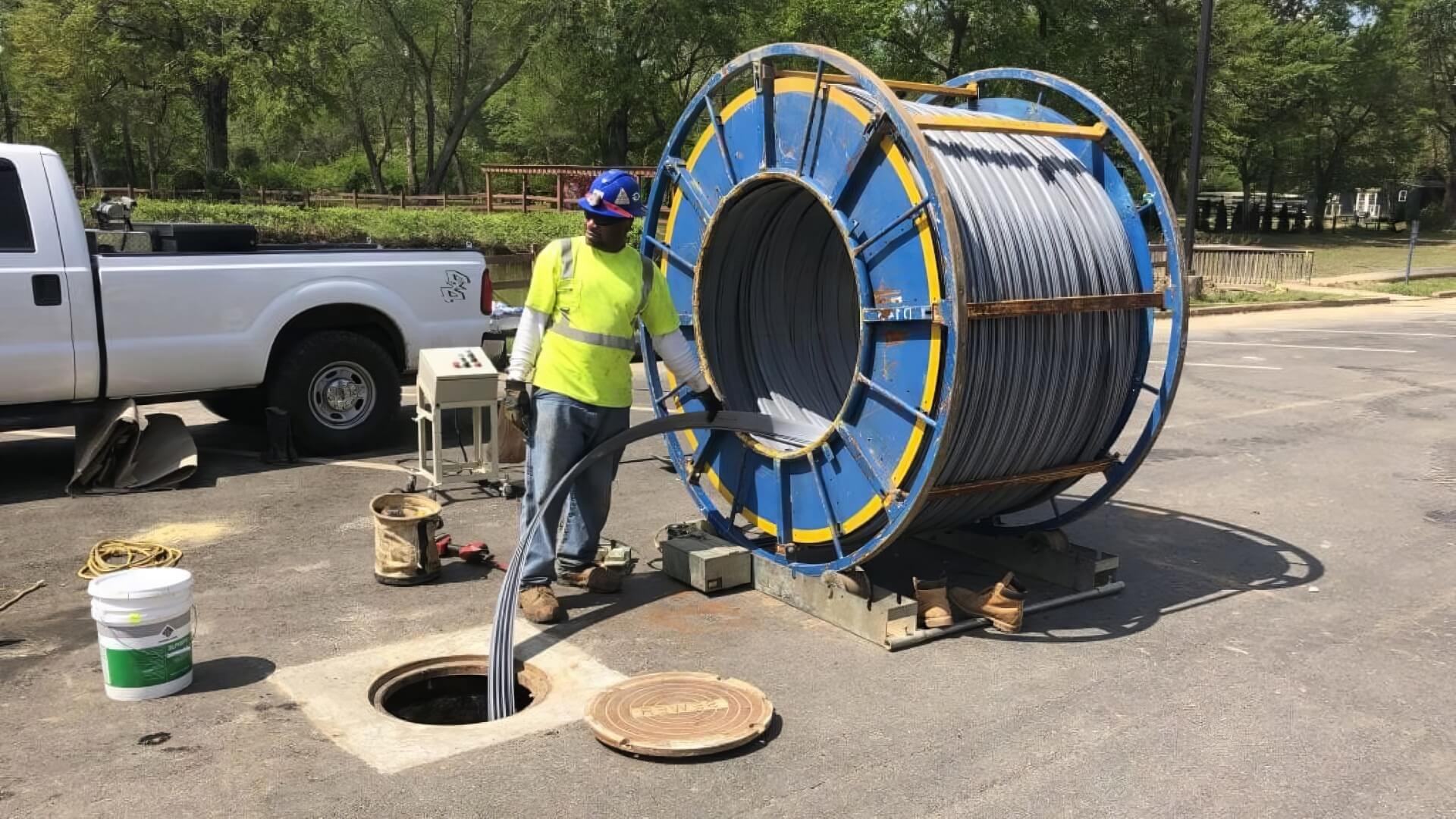Having the right size hot water system for your home is crucial to ensure you have enough hot water when you need it, without wasting energy and money heating more water than necessary. Choosing the incorrect hot water system size can lead to running out of hot water during peak usage times, or paying higher energy bills to heat excessive volumes of water.
When deciding what size hot water system to install in your home, there are a few key factors to consider:
- Number of occupants - The more people living in the home, the greater the hot water demand.
- Number of bathrooms and outlets - More bathrooms, ensuites, kitchen taps etc require a larger system.
- Peak usage times - Hot water usage is highest in the mornings and evenings.
- Types of outlets - Showers and baths use more hot water than taps.
- Climate - Colder regions require more hot water.
Taking these into account and calculating your home’s hot water requirements will allow you to select the correctly sized system. Choosing the right size hot water system for your home’s needs will ensure you have an adequate supply of hot water without excessive energy costs.
Calculate Your Household’s Daily Hot Water Usage
To calculate your household’s daily hot water usage, follow these steps:
- Count the number of people living in your home. As a general rule, each person will use 30-50L of hot water per day for showers, sinks, washing dishes, etc.
- Multiply the number of people by 40L as an average hot water usage per person. For example, a family of 4 would use around 160L per day (4 people x 40L).
- Add approximately 50L per day for each bathroom or laundry outlet. So if you have 2 bathrooms, add 100L (2 x 50L).
- Consider times of peak demand - morning showers and evening baths will drive higher usage, so you may need to increase the calculated amount.
- Factor in high usage appliances like dishwashers and washing machines if used frequently.
- Total the daily hot water volumes calculated in steps 1-4. This gives you an estimate of your household’s total daily hot water needs.
Knowing this daily hot water usage estimate will help you select a system with adequate capacity. Just ensure you choose the smallest size that meets your demand to minimise excess energy consumption.
Size Your System Based on Number of People
When sizing a hot water system based on the number of people in your household, follow these guidelines:
- 2 people - 120L storage tank or 16L/min flow rate continuous flow
- 3-4 people - 160L storage tank or 20L/min flow rate continuous flow
- 5 people - 250L storage tank or 25L/min flow rate continuous flow
- 6+ people - 300+L storage tank or 30L/min+ flow rate continuous flow
As a general rule, allow 50-80L of storage capacity or 5L/min of flow rate for each additional person. Off-peak electric systems need larger tanks than gas or solar. Aim for the smallest system that meets demand.
Consider number of bathrooms, peak usage times, and high usage appliances. Correctly sizing your hot water system based on household demand will save money and ensure adequate hot water.
Consider Number of Bathrooms and Fixtures
The number of bathrooms and plumbing fixtures in your home is a key factor when sizing your hot water system. As a general guide:
- Allow 50L of storage tank capacity per bathroom for standard installations with one shower or bath.
- Add 100L to the storage tank size for ensuites or extra bathrooms.
- Allocate extra capacity if you have multiple showers, spa baths or other high demand outlets.
A home with one bathroom would need around a 160L storage tank. Two bathrooms would need 250L. The more bathrooms and fixtures, the larger your hot water system needs to be.
However, don’t oversize your system excessively. Only allow for the actual number of outlets and your household’s calculated daily usage. An oversized system wastes energy keeping extra water hot.
Factor When You Use the Most Hot Water
The time of day when hot water usage peaks in your home is a key factor for sizing your water system. Typical peak times are:
- Mornings - With showers, dishwasher, washing machine all in use.
- Evenings - For baths, washing dishes, laundry.
Usage is lowest overnight.
A system sized for peaks can cope with lower daytime or overnight demand. Consider when your household uses hot water the most. If it coincides with public peak energy times, a larger or off-peak electric system may suit.
Also factor in intermittent but heavy use from appliances like washing machines, dishwashers and spa baths during peak times. Your hot water system needs capacity to meet both ongoing and sudden heavy demand during daily peaks.
Compare Storage Tank vs. Continuous Flow
When choosing between a storage tank or a continuous flow hot water system, consider:
- Storage tanks heat and store a set volume of hot water. Gas storage systems only need small tanks. Electric off-peak storage systems require much larger tanks to store enough hot water overnight when electricity rates are cheaper.
- Continuous flow units instantly heat water as needed. They do not store hot water.
- Storage tanks suit homes with distinct peak demands. Continuous flow works well for more consistent usage.
- Upfront costs are lower for storage units. But continuous flow systems can be cheaper to run long-term.
- Storage tank sizes are fixed. Continuous flow can be adjusted via the flow rate.
- Maintenance is lower with continuous flow units as there is no tank to corrode.
In summary, storage tank systems are ideal if your home uses hot water in distinct peak periods. Continuous flow units are more efficient for consistent daily demands. Consider your usage patterns when choosing between storage hot water and continuous flow.
Electric, Gas, Solar, or Heat Pump?
When it comes to hot water systems, there are a few main options to consider:
Electric Storage Tank
Electric storage tank water heaters use electricity to heat water stored in an insulated tank. Electric storage works well if your usage peaks at night but they can be expensive to run.
Off-peak electric systems heat overnight when power is cheaper. Tanks range from 50L to 400L.
Gas Storage Tank
Gas storage tanks are more energy efficient and have lower running costs than electric. Gas storage tanks are more energy efficient and have lower running costs than electric.
They only require small tanks as gas heats water faster. But gas is not available everywhere.
Gas Continuous Flow
Gas continuous flow units instantly heat water as required without a storage tank. They are compact and do not take up much space. Gas continuous flow systems are efficient for consistent daily demands rather than distinct peaks.
Solar Hot Water
Solar hot water systems use roof panels to collect heat from the sun and a boosted gas or electric element. Solar pre-heats water during the day to reduce energy usage at night. Solar hot water works well in sunny climates but needs a backup heat source.
Heat Pump
Heat pump hot water extracts warmth from the air to heat water. Heat pump hot water systems are an eco-friendly option suitable for many homes.
They are energy efficient but work best in warmer climates. Heat pumps need some backup heating in colder months.
Consider efficiency, climate, usage patterns and your budget when choosing between electric, gas, solar or heat pump hot water systems for your home.
Installation and Maintenance Tips
Installing and maintaining your hot water system properly will keep it running efficiently and help prevent problems.
Installation Tips
- Choose a location close to the most frequently used outlets to minimise heat loss through piping.
- Ensure adequate space for safe service access. Do not box units in.
- Follow local plumbing codes and manufacturer’s specifications for requirements like relief valves.
- Insulate hot water pipes to maximise energy efficiency.
- Hire a licenced professional plumber for installation.
Regular Maintenance
- Drain storage tanks annually to flush sediment and prevent corrosion.
- Inspect anodes in storage tanks every 2-3 years and replace if depleted.
- Clean inlet filters on continuous flow units yearly.
- Regularly check relief valves are functional.
- Keep solar panels free of dust and grime to maximise efficiency.
Troubleshooting Problems
- If you have reduced pressure, check and clean faucet aerators and showerheads which can become clogged.
- Inspect pipes, valves, connections for leaks and repair any you find.
- If water isn’t hot enough, your thermostat may need adjusting.
- A rattling storage tank could indicate a build up of sediment that needs flushing.
- If problems persist, contact a licenced plumber for additional troubleshooting and repairs.
Taking steps to properly install your hot water system and conducting regular maintenance will help ensure optimal performance and availability of hot water.
Conclusion
Choosing the right sized hot water system for your home comes down to carefully calculating your household’s daily demands and peak usage times. Compare electric, gas, solar, and heat pump systems to find an option that is energy efficient and cost-effective while meeting your hot water requirements.
Consider the number of occupants, bathrooms, fixtures, and appliances to determine the litres required. A correctly sized system provides adequate hot water without excess energy waste. Install and maintain your hot water system properly to keep it performing efficiently for years to come.






